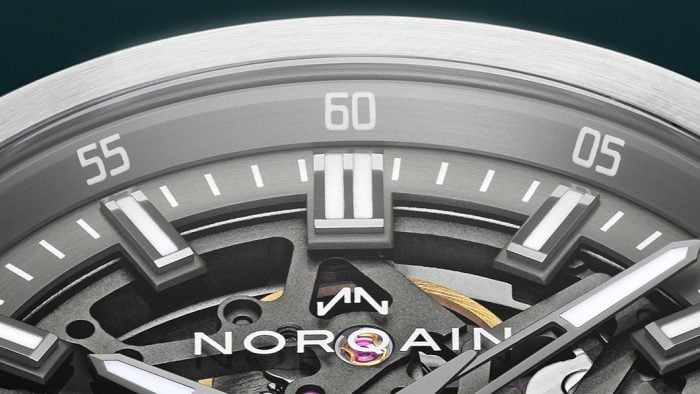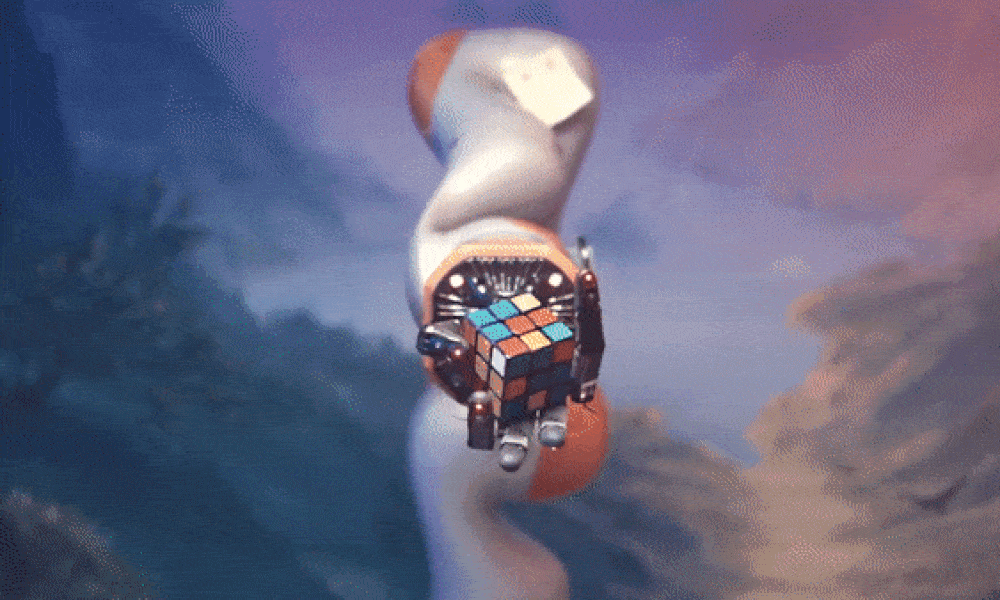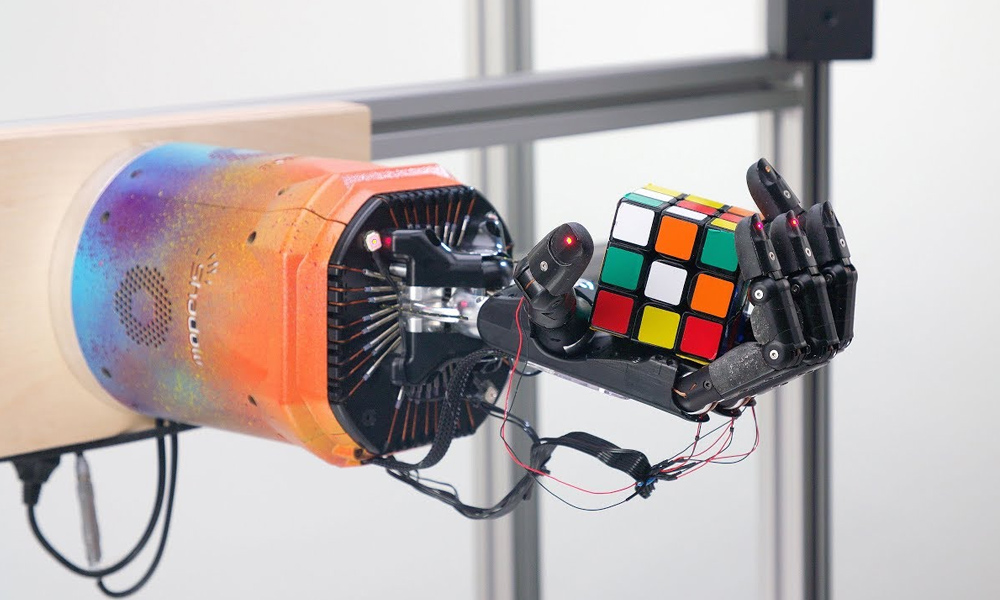Some days, we can barely open a pickle jar with two hands, but this OpenAI one-handed robot can solve a Rubik’s Cube in four minutes thanks to visual sensors and an algorithm to help it make the required moves to solve the game that has frustrated generations. The project started back in May of 2017, and the team just conquered the task perfectly. Dactyl has a remarkably high level of dexterity with 24 joints and the kind of coordination we can only hope bomb techs have. The incredible accomplishment involved using what’s known as Automatic Domain Randomization or ADR, in order to accurately model the real world by generating increasingly difficult environments in simulation and transferring those to the physical execution, allowing Dactyl to not only understand how to solve the puzzle but also manage the moves to do it. Now, where are those pickles?
More Misc

Why NORQAIN Might Be the Best Swiss Watch Brand You Haven’t Looked at Yet
Independent, family-owned, quietly earning its place on the wrists of serious athletes (Sydney Crosby, et al.) and serious collectors alike.

How PITAKA’s Sunset Collection Is Shaping the Future of Emotional Design
High-performance tech gear meets pure visual poetry.

Wellen Performance-Lined Swim Trunks, Reviewed by a Swim Trunk Skeptic
Could these be the shorts to end all my swimwear complaints? Tried, tested, reviewed.


